Mimmo Rotella
Domenico “Mimmo” Rotella (October 7, 1918 – January 8, 2006) was an Italian artist considered a key figure in post-war European art. Best known for his works of decollage and psychogeography, created with torn advertising posters, he was a member of the Nouveau Réalisme movement, founded in 1960 by art critic Pierre Restany.
In 1954, he first experimented with what would become his signature technique, tearing pasted paper. The artists of Nouveau Réalisme called this technique decollage, as it was the opposite of the traditional collage practiced by Pop Art artists during the same period.
Until 1958, his operations consisted of tearing, pasting onto new surfaces, and re-tearing advertising posters, and for this reason, the technique was initially called double decollage. Later, Mimmo Rotella began pasting the torn fragments directly onto canvas.
The first artworks made by Mimmo Rotella using decollage completely lost the images they contained, resulting in fully abstract compositions. Later, Rotella decided to recover and preserve the recognizability of the figures applied to surfaces (usually canvas or, in his later years, sheet metal).
The shock caused by Rotella’s decollage technique came from the fact that images of popular movie scenes and celebrities, once displayed on billboards, were no longer seen as solemn or untouchable. Instead, the images became nearly unrecognizable, fragmented, torn, and assumed forms that even the artist couldn’t predict. “Tearing the posters from the walls is the only satisfaction, the only way to protest against a society that has lost its taste for change and fabulous transformations,” said Mimmo Rotella.
Mimmo Rotella’s artworks are so famous that they are displayed in the most prestigious museums around the world, from the Museo del Novecento in Milan to the Pompidou in Paris, from the Mumok in Vienna to the MoMA in New York, from the Tate Modern in London to the Guggenheim in Venice, along with countless other museums and renowned collections across the globe.

